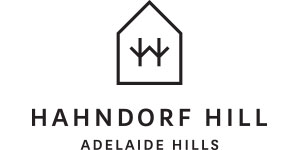
For some time now, we at Hahndorf Hill have been hinting at and teasing you with snippets of some secret projects we have been working on. Until now we have been content to indulge our mischievous sides by posting the odd no-context picture on Facebook or a cryptic tweet; but as we believe one of these projects will be the perfect wine to enjoy during Spring and Summer, I am writing today to lift the veil of secrecy and introduce you to the latest addition to the Hahndorf Hill portfolio – the 2022 Brother Nature Field Blend.
The term ‘Field Blend’ is not unknown to the Australian market but over the years there have been some … liberties … taken with the style. The whole thing is actually a bit of a trigger for me so let us focus this conversation on what we have done and why.
I have drafted and redrafted this article more times than any of my previous pieces because there is just so much to detail, and because wines of quality made in this style are all about the details. When I find myself in moments of journalistic indecision, I often rediscover my narrative and confidence by focusing on the fundamentals: Who, What, Why, Where and When.
The Who
Regular readers of this blog may remember my articles on the traditional Austrian wine style labelled Gemischter Satz, which translates as ‘Mixed Set’. This field-blend style is produced in a handful of Austria’s white-wine dominant regions but is especially prized by the houses of the Vienna winegrowing region, so much so that their premium wines made in this style were elevated to DAC status as of the 2013 vintage.
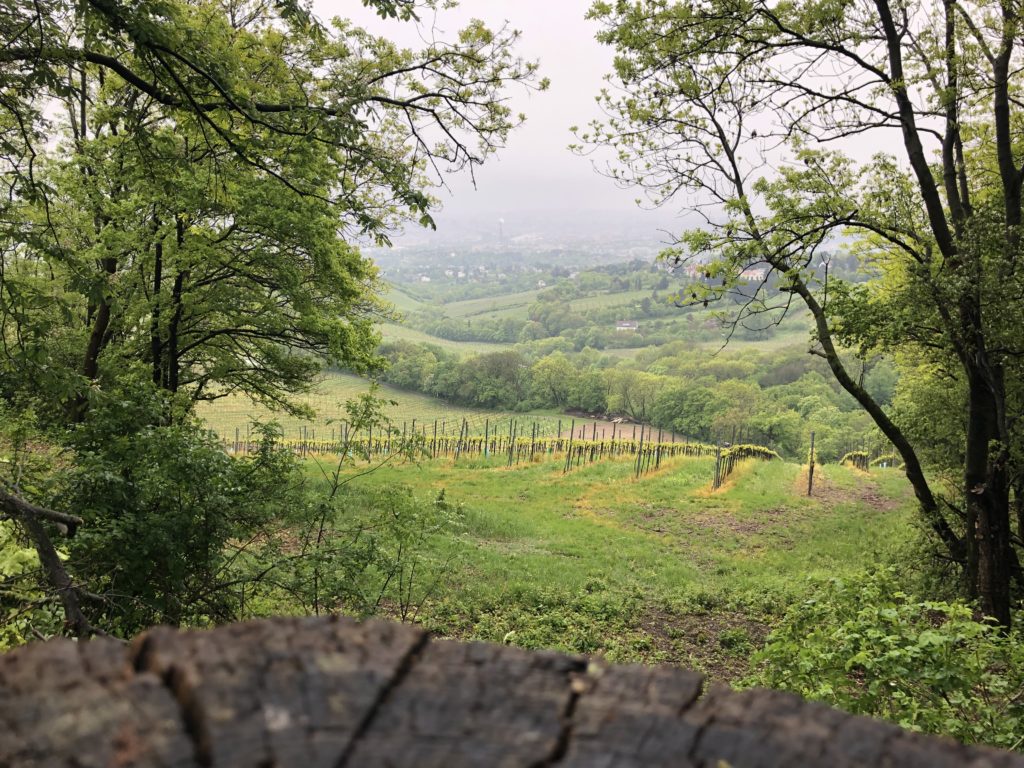
After years of diligent research and first-hand experience with our other Austrian hero varietals, we were confident that with the proper respect paid to the myriad of variables we could also produce a field blend that would both honour the style and our particular place in the world. I have written previously of the curious terroir kinship between the Adelaide Hills and the cool-climate wine regions in Austria, and this unique relationship has played a huge role in many of the stylistic and strategic decisions that have shaped our house.
‘Terroir’ is an umbrella term for all of the variables that affect a specific place: temperature, rainfall, geology and aspect are all recognised elements of this philosophy; less well known but just as critical to the overall concept is the human or cultural influence. What we plant where and why is always crucial but is especially fundamental to a field blend, and because of the tremendous influence these decisions have on a finished wine of this style, they must be made with confidence and in the absence of absolute confidence … chutzpah.
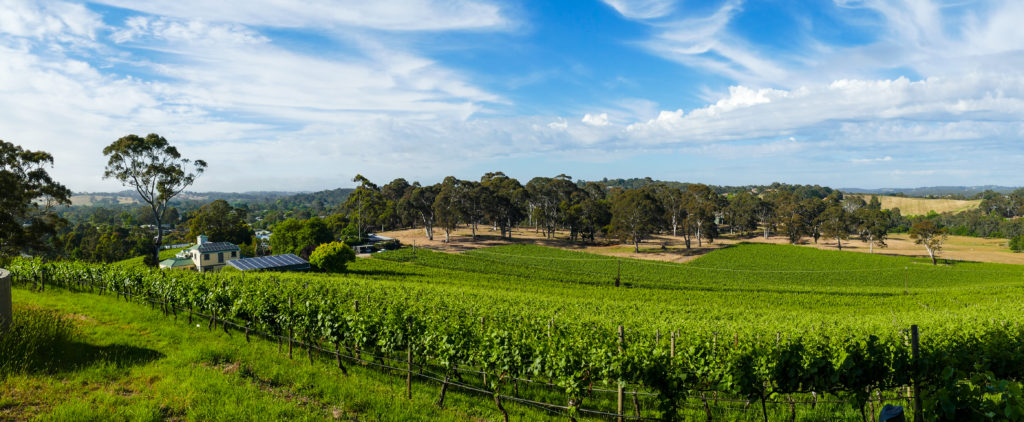
A true and authentic field blend made in the spirit of a traditional Gemischter Satz is above all a celebration of place. And before you roll your eyes and say “Oh Jack, now you are just being glib or hyperbolic”, please know that I mean that in the most literal possible sense. An authentic field blend is blended in the field; multiple varieties randomly planted side by side in one single block, grown together, picked together, fermented together and matured together. It is only by stepping back from our desire to nurture and influence can the true nature of a place really be heard.
I know I said I wasn’t going to harp on about it but I would just like to make one distinction very clear. As I mentioned above, a ‘Field Blend’ is made entirely in the field; a ‘Cuvée’ is a wine made from separate parcels of fruit which are married up (or blended) in the winery. I feel a rant coming on so I will move along …
The Why & The Where
The why and the where are perhaps two of the most important factors in a proper field blend and they are inextricably linked. Planting multiple varieties within the one block was historically something of an insurance policy against disaster; this ancestral method helped to ensure that winemakers had something to sell should disease affect their early ripening fruit or poor weather affect the later ripening varieties. For most of our history large mono-varietal vineyards were not the norm, and it wasn’t until Europe’s phylloxera outbreaks in the 19th century that they became common.
By planting multiple varieties within the one block, we take the focus off of one single variety; this allows the land to express itself with much more depth and complexity, in the same way as a grand piano with 88 keys is capable of melodies and harmonies far beyond the range of less sophisticated instruments. The 2022 Hahndorf Hill Brother Nature Field Blend is the child born of a block with 12 carefully selected Old World varieties that will each ripen at different stages of a cool-climate Adelaide Hills vintage. Brother Nature includes many of the standard white varieties found in any Gemischter Satz in Austria, such as Pinot Blanc, Welschriesling, Gruner Veltliner, Riesling, Sauvignon Blanc, Chardonnay, Gewurtztraminer, Traminer (Savagnin) and Muscat Blanc, but our wine also contains some other interesting varieties such as Harslevelu, Chenin Blanc and Muscadelle.

Our loamy, slate-rich topsoils and cold nights will provide the perfect foundation for this assembly to bring forth the holy grail of characteristics: natural, juicy acidity. It is widely thought that there is some form of ‘communication’ and influence between the root systems of a vineyard planted with multiple varieties; but ripening is unlikely to ever synchronise completely, and we wouldn’t want it to. It is only by co-harvesting and co-fermenting that we can fully appreciate the full spectrum of acid, fruit and textural breadth achieved by varying levels of physiological development and ripeness. An honest field blend is the sum of many voices all raised up together; some high, others low, but all with common purpose and a singular objective.
The When
For an authentic field blend the When is the million-dollar question. When to harvest is the only real influence we have on the wine; knowing when to hand pick to get what you want from each of the 12 varieties is much more of an art than science. We have read, tasted, travelled, quizzed and queried, but it is Larry’s ‘gut feel’ that will ultimately determine the day each year the Brother Nature block will be harvested and this day will most likely vary significantly each vintage.
The goal for any cool-climate field blend is to find the ‘goldilocks’ zone between the natural acidity, fruit and texture because they are ultimately judged on their balance. There are more variables at play here than just about any other style and the envelope for getting it right is extremely narrow. A week during vintage is a lifetime and even a day or two can have a profound effect on the finished wine.
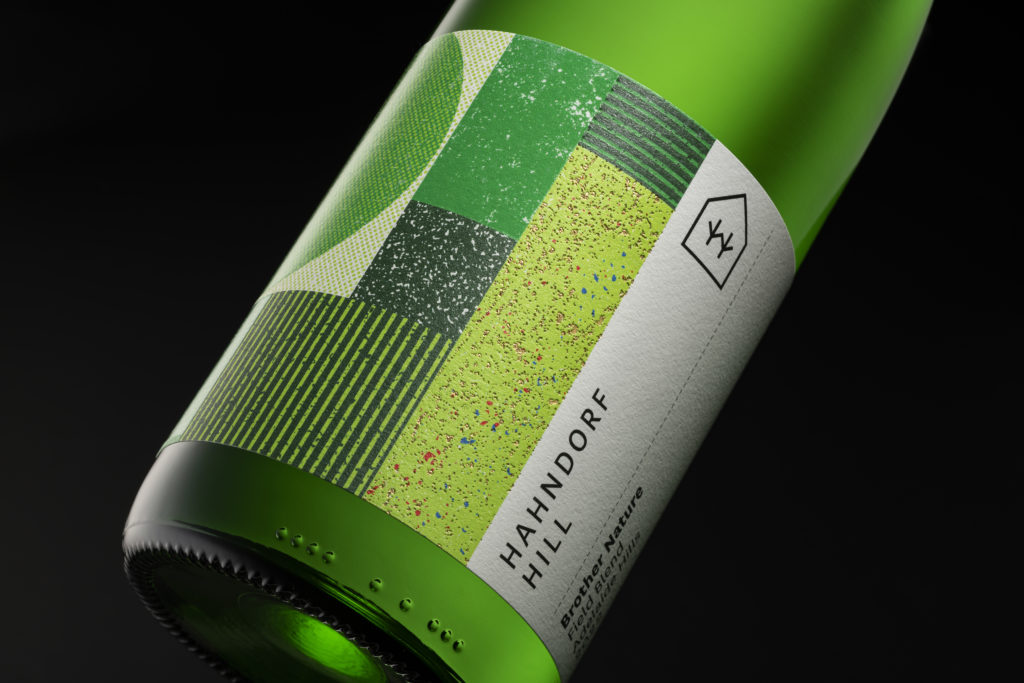
I have been dancing around it for a while and it’s only fair I stop teasing and get into the wine properly. First things first, the packaging is striking. The Brother Nature block is depicted in the centre of the label, the intimately chaotic nature of the block is reminiscent of a stylised Gustav Klimt painting. As for the wine itself, aromas of lime and grapefruit have partnered with green apple and nectarine and the palate is a study in natural yet juicy acidity. Flavours of baked apple, passionfruit and guava are all represented but it is the finish that grips me; the texture is gentle yet commands attention and there is a subtle white spice that keeps me coming back for more.
I am confident this wine will beguile Riesling freaks, romance Arneis lovers, enthral Savvy tragics and captivate all the lost and wandering souls who haven’t yet found a home within Gruner Veltliner’s warm embrace.
I have enjoyed this wine several times now and it is an asset at the table. Brother Nature matched perfectly with crispy roast pork belly, is delicious with fresh seafood and is a no-brainer with South-East Asian cuisine. Our vegan friends can also join us at the table with confidence, as not only are all the 2022 Hahndorf Hill wines vegan-friendly, but I have it on good authority that Brother Nature is delightful with baked broccoli fritters in a spiced coconut curry!
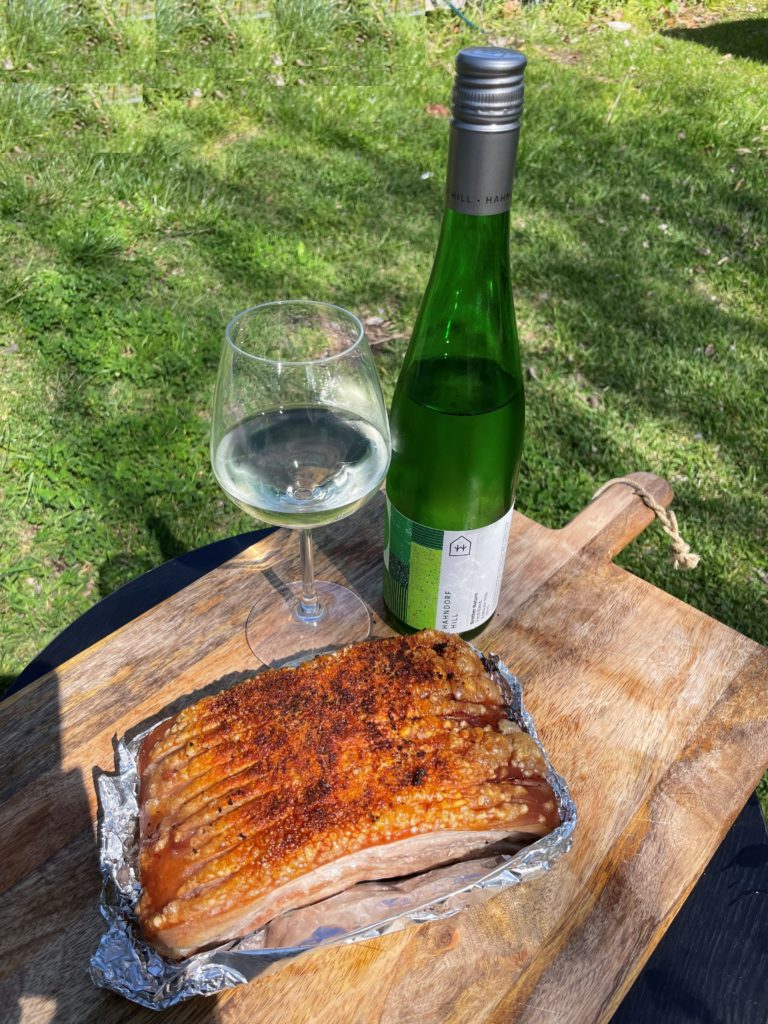
The 2022 Brother Nature Field Blend was eight years in the making, from conception, research, sourcing the right cuttings, developing the vineyard, and eventually picking the first harvest. But its time has finally arrived. This wine has been a labour of love and we cannot wait to share it with all of you.
Prost! Jack.
